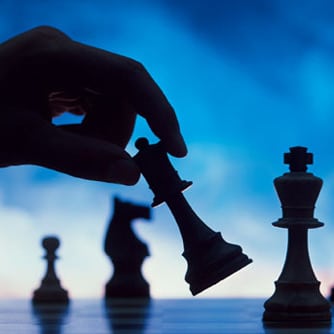How chess players view game boards, faces, and other visual information may provide critical new insights to help understand how we see the world. Daniel Krawczyk, from the University of Texas/Dallas (Texas, USA), and colleagues assessed whether an expert chess player’s analysis of a board is similar to the attention paid by most people to new or familiar faces. The researchers recruited nearly 30 University of Texas/Dallas chess team members, who are consistently ranked among the nation’s best, thus considered to be highly expert players. Recreational players from the school’s chess club and novice student participants also volunteered for the study. Study participants viewed a series of interleaved chess game boards and faces, noting whether each presentation matched the previous game position or face. With faces, chess experts, recreational players and novices demonstrated a so-called congruency effect, considered a hallmark of face processing. But only chess experts demonstrated a congruency effect with chess, suggesting that they process chess games more holistically than less-experienced players. By deciphering how humans process visual information, the team sought to establish new ways to improve eyewitness testimony, enhance teaching methods or increase people’s ability to learn more efficiently.
Chess Reveals How We Process Visual Cues
Boggan, Amy L.; Bartlett, James C.; Krawczyk, Daniel C. “Chess masters show a hallmark of face processing with chess.” Journal of Experimental Psychology: General, Vol 141(1), Feb 2012, 37-42.
RELATED ARTICLES




